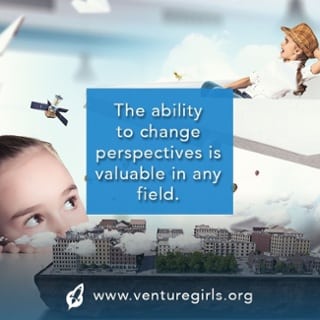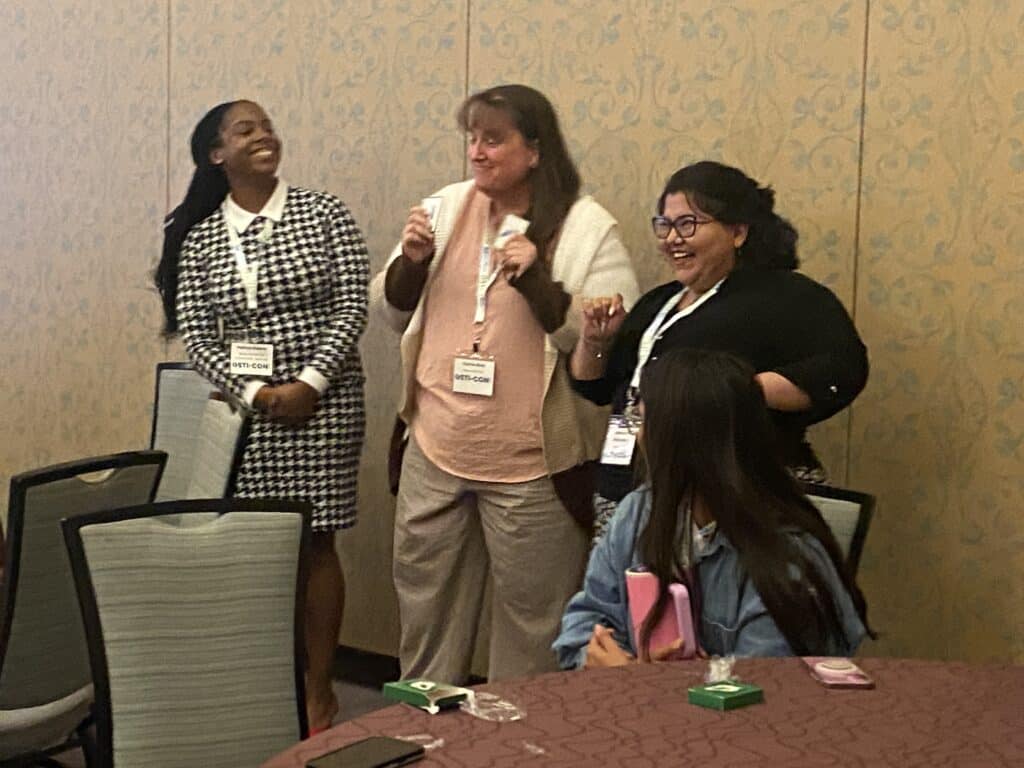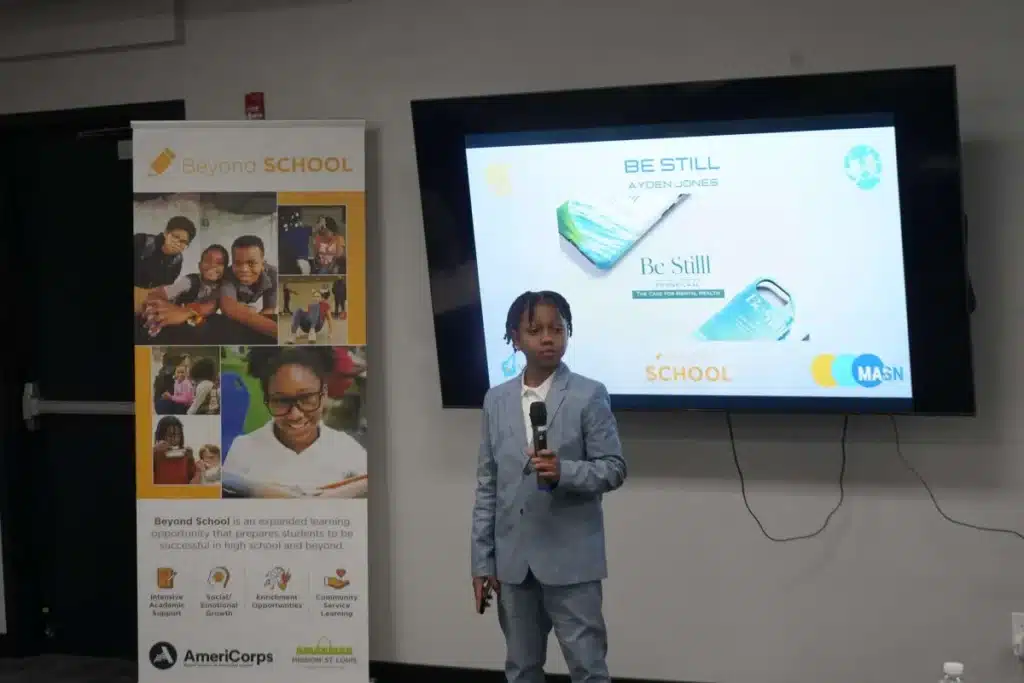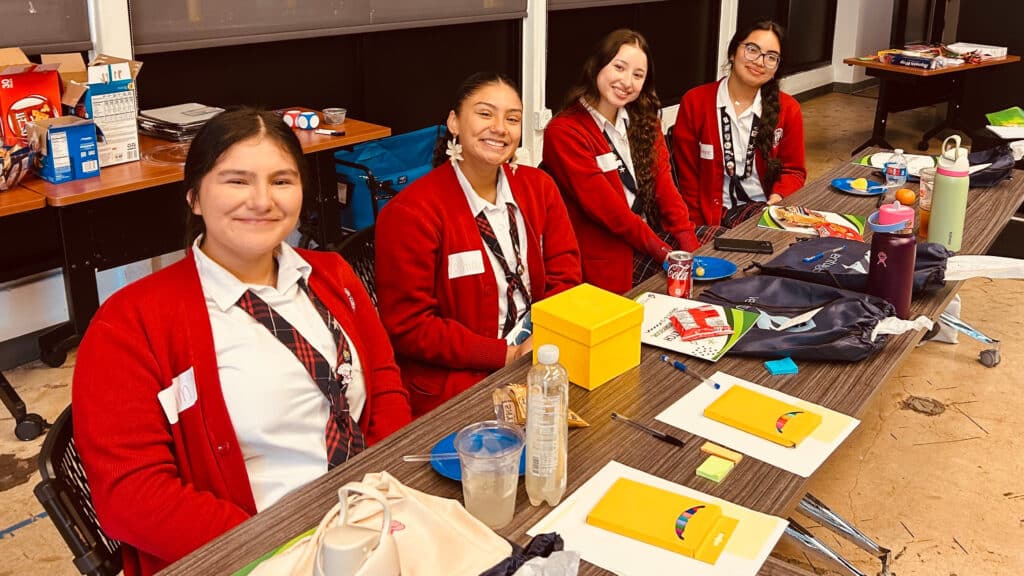In this series of posts, I’ve been outlining seven strategies that I’ve uncovered—through my work, and through the insights explored by Frans Johannson in his book The Medici Effect that encourage the curious child to embark on a quest of discovery. In the last few posts, I looked at the need to reawaken a drive in children, to encourage children to learn differently and to allow children’s play to be a creative outlet for discovery.
Here is the fourth strategy for encouraging curiosity in children:
- Change perspectives
Discovery is seeing what everybody sees and thinking what nobody has thought.
A fresh perspective can free the mind to escape routine thinking. Many children are naturals at this—so why not go with it? What if we think of pet care from the perspective of the pet? Or getting to school from the perspective of a blind person? Or designing a house for a ballet dancer? What if we imagine Play-Doh made out of food? Suddenly the barriers that bound their thinking melt away and creativity takes hold.
Reverse assumptions. Turn the problem on its head to allow the mind to view a situation from an entirely different perspective. What if pigs could fly? The value of asking something like this in class is that it’s a quick way to shake up thinking and push everyone to generate new ideas. Because the shake-up is so absurd, everyone is free to contribute crazy ideas—and some might actually work.
Another fun class exercise is to imagine how preposterous technologies and products might have sounded when someone first had the idea. What if you didn’t have to have wires for telephones to work and instead sound simply moved through the air and through walls? Cell phones. Or what if there were ways to expand the outside window area of a building without going higher? Angled walls. What if doctors could perform surgery without having to be in the same room as a patient? The emerging field of tele-surgery. All the way to the ridiculous: What if there was a writing device that didn’t work digitally? Instead, a person could write in real time and then undo her work instantly with an embedded device? The pencil.
This exercise helps banish the fear of speaking up and looking stupid—at least for the duration of the class.
Changing perspectives allows students to adopt a beginner’s mindset. They become learners rather than “knowers.” The uncomfortable feeling of being a novice among experts is overtaken by the thrill of learning. I want every child to feel that her perspective is valuable, and it might be just what is needed to inject creativity into the team’s problem-solving process.

To change course is to change perspectives, as I did, leaving mechanical engineering for biomedical engineering with the help of Austin Community College before transitioning back to the University of Texas. But I never lost the added perspective of mechanical engineering, and without it, I’d never have come up with NanoTaxi.
The ability to change perspectives is valuable in any field. Journalists, for example, adopt the beginner’s mindset to ask probing questions—questions so basic that an “expert” might think the journalist didn’t do her advance work. But it is part of the technique of digging deeply. How better to come up with creative ways to explain a complex subject to readers and viewers?
I’d love to hear from you about how you’ve encouraged the children in your life to change perspectives and become more open to the possibilities that looking at something from a new angle might provide them. What were the circumstances of this change? And what was the outcome? Thank you for sharing.




